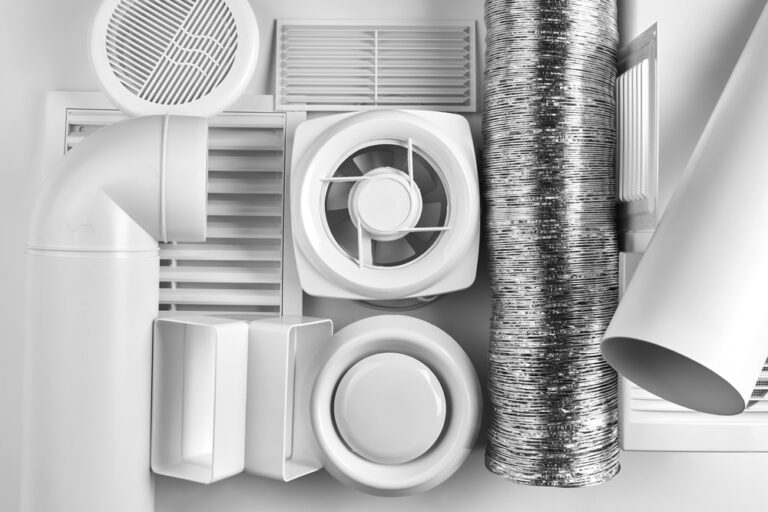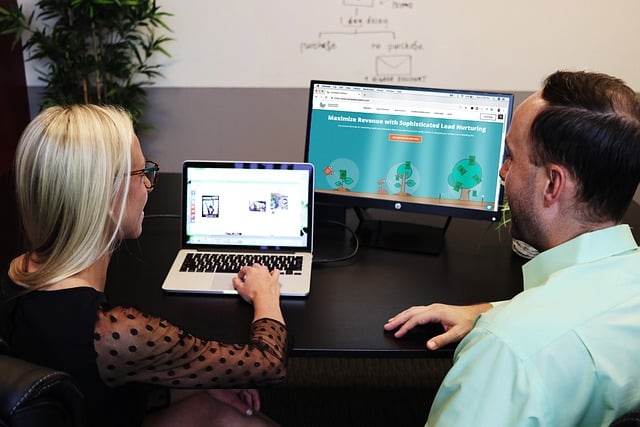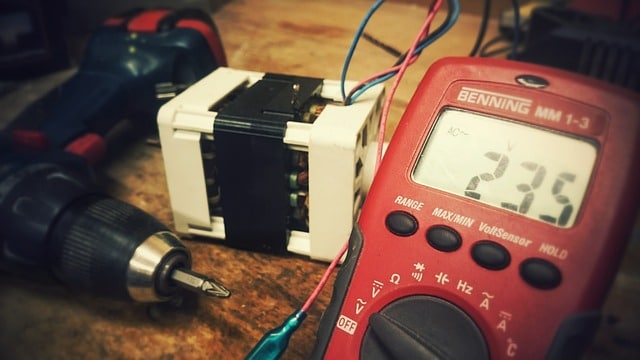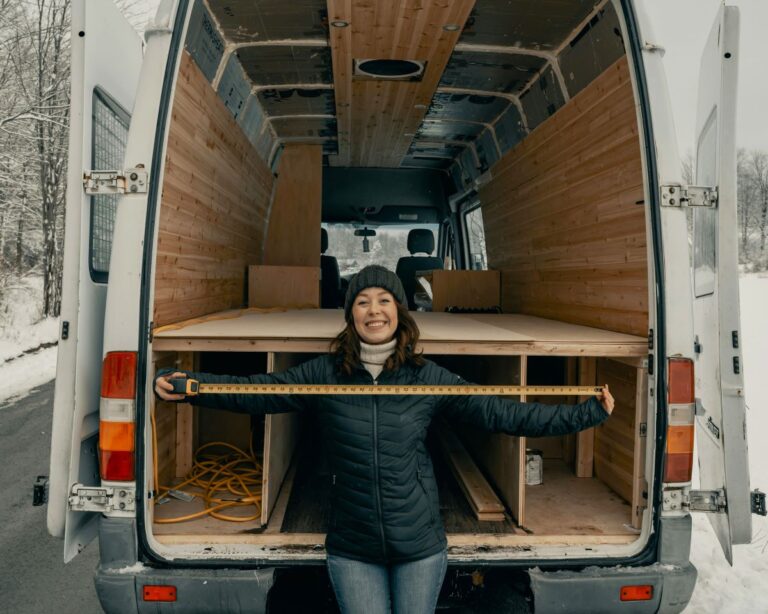Ever wonder how heat pumps and air conditioners in your home or workplace function and what the difference is between different types of heat pumps? Watch the video to find out –
Summary of the video –
This video discusses heat pumps, the different types and how they work including how heat pumps work air to air, air to water heat pumps, ground source heat pumps, water source heat pumps, as well as animations and systems schematics for each of these.
How Heat Pumps Work
Air to Air Heat Pumps
These are the most common heat pump types. They often look very similar to a standard air conditioning split unit with a unit located outside and another unit located inside. These can either work as a heating only device or, alternatively, the more popular choice is to have a device which can provide both heating or cooling by making use of a reversing valve.
There are a few different ways to configure a reversing valve heat pump. The main components will have in this type of system are the compressor, the reversing valve, the indoor heat exchanger, an expansion valve with a non-return valve bypass, a bidirectional filter dryer, a side glass, another expansion valve with a non-return valve and bypass. Then we have the outdoor heat exchanger. We also have a controller and a number of temperature and pressure sensors around the system.
In heating mode, the refrigerant leaves a compressor as a high pressure, high temperature vapor and passes to the reversing valve. The reversing valve is positioned in heating mode, so the refrigerant passes through this and heads to the indoor unit. Cool air is then blown over the indoor units heat exchanger to remove some of the thermal energy and provide heating to the room. As heat is removed, the refrigerant will condense into a liquid. Having given up some of its energy, the refrigerant leaves as a high pressure, slightly cooler liquid.
The refrigerant then comes to the expansion valve and bypass. In this mode, the expansion valve is closed, so the liquid refrigerant passes through the non-return valve. It then passes through the filter dryer and sight glass and then passes to the second expansion valve. It will then pass through this expansion valve because the non-return valve on this side is preventing flow in that direction. As the refrigerant passes through the expansion valve, the refrigerant expands in volume and turns into a part liquid, part vapor mixture.
This expansion in volume reduces the temperature and pressure. The refrigerant then heads the outdoor heat exchanger. Here, a fan is blowing outside ambient air over the coil and adding heat to the cold refrigerant. The refrigerant boils at a very low temperature and as it boils, it will carry away the thermal energy.
As an example, we know that water will carry thermal energy away as steam when it boils and we know that it boils at 100 degrees Celsius or 212 degrees Fahrenheit. If we then look at some common heat pump refrigerants, R134a, for example, has a boiling point of minus 26.3 degrees Celsius, or minus 15.3 degrees Fahrenheit. Refrigerant R410a has a boiling point of minus 48.5 degrees Celsius, or minus 55.3 degrees Fahrenheit.So, it’s very easy to extract thermal energy even at very low outdoor temperatures.
The refrigerant picks up the thermal energy from the outside air and leaves the outdoor heat exchanger as a low pressure, low temperature, slightly superheated vapor, and then heads back to the reversing valve. The reversing valve then diverts this to the compressor to repeat the cycle.
If the system is then switched into cooling mode, the system then acts like a normal split air conditioner. The compressor forces the high pressure, high temperature vapor refrigerant into the reversing valve. The reversing valve diverts it to the outdoor unit. The fan of the outdoor unit blows ambient air across the heat exchanger. This air will be a cooler temperature, so it carries the thermal energy of the refrigerant away. The refrigerant condenses as it loses its thermal energy.
Having given up some of its energy, the refrigerant leaves as a high pressure, slightly cooler liquid. It then heads to the expansion valve, but this is closed, so the refrigerant passes through the non-return valve, then passes through the sight glass and the bi-directional filter drier. The next non-return valve is then closed, so the refrigerant passes through the expansion valve. As it passes through the expansion valve, the refrigerant changes to a part liquid, part vapor mixture, which causes it to drop in pressure and temperature. It then flows into the indoor heat exchanger and in here a fan blows the warm indoor air over the coil. This causes the heat to transfer from the air into the refrigerant. And so, the refrigerant boils, takes its heat away. The refrigerant leaves the indoor unit as a low pressure, low temperature, slightly superheated state and flows into the reversing valve. The valve diverts this back to the compressor to repeat the cycle.
Air to Water Heat Pumps
These units work in a very similar manner to air-to-air heat pumps, but without the reversing valve. The high pressure, high temperature vapour refrigerant leaves the compressor, but this time it heads into a plate heat exchanger. On the other side of a plate heat exchanger, water will have been cycled through a hot water storage tank. Cooled water enters the heat exchanger from the tank and as it passes through the heat exchanger, it absorbs heat from the hot refrigerant. The water will then leave at a much hotter temperature and flow back to the hot water storage tank to repeat the cycle. As the refrigerant gives up its heat to the water, it will condense and it will then leave the heat exchanger as a high pressure, lower temperature liquid.
The refrigerant then passes through the filter dryer and the sight glass and then into the expansion valve. The expansion valve causes the refrigerator to become part liquid, part vapor state and will be at a low temperature and pressure. It then passes through the outdoor heat exchanger where the outdoor ambient air causes the refrigerant to boil. The refrigerant then leaves at a low pressure, low temperature, slightly superheated vapor, and is then sucked back into the compressor to repeat the entire cycle again.
The hot water tank then provides hot water to the radiators, sinks and showers within the building.
Ground Source Heat Pump
There are two main types of ground source heat pumps, that being the horizontal and the vertical type. Both essentially work the same, it’s just how they access the heat in the ground that varies.
Ground source can be used for heating air or water. In the air type system, the heat pump can also have a reversing valve and then supply either heating or cooling. In both cases, the outdoor heat exchanger can be a plate heat exchanger, with the refrigerant passing on one side and a mixture of water and antifreeze cycling on the other side. The water and antifreeze mixture is forced by a pump around the pipes within the ground. This will allow it to pick up the thermal energy in heating mode and bring this to the heat exchanger.
The refrigerant on the other side of the heat exchanger absorbs the heat because it has a very low boiling point. So, as it boils, it carries the heat away, which can then be used within the building.
In the air type system, there can be a reversing valve. This will allow the refrigeration system to pull unwanted heat out of the building and transfer this into the water antifreeze mixture. This water will then be pumped around the pipes in the ground and it will transfer the heat into the ground, thus returning cooler and ready to pick up more heat.
Water Source Heat Pumps
Water source heat pumps come in two main variations – closed and open loop heat pumps.
The closed loop sends a mixture of water and antifreeze to collect thermal energy from a pond or river and transfers this through the heat exchanger. The same water is then sent around again to repeat the cycle. Open loop pulls in fresh water from an aquifer or from a river and pumps this into the heat exchanger to collect the heat. Once it passes through, it is then released back into the same water source.
In a closed loop type, a water and antifreeze mixture cycles around the pipes to collect the thermal energy and bring this to the heat exchanger, where the refrigeration system will then absorb the energy and use it for heating. Alternatively, it will dump the building’s unwanted heat into the water antifreeze mixture to provide cooling for the building. The unit then works the same as a ground source heat pump.
In an open loop type, the water is poured in via a pump and sent directly to the heat exchanger. The heat exchanger then pulls a thermal energy out of the water, or it dumps the unwanted heat into the water. The water then passes through the heat exchanger and returns to the source some distance apart.
Get your business noticed by creating an online directory listing. Listings are FREE and you can create as many as you need.
- Get found by locals



